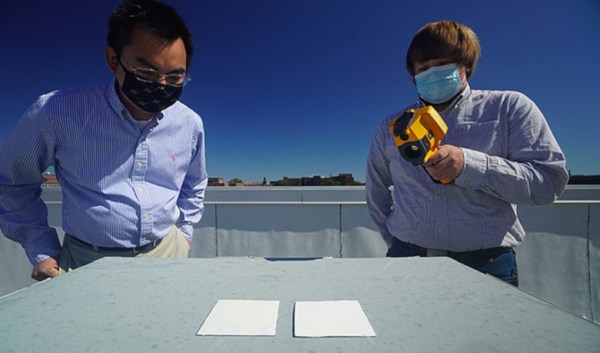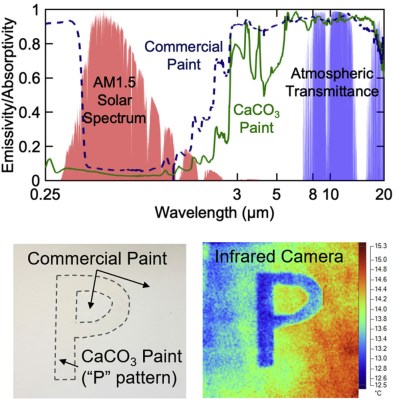
At this point, we’ve learned about man-made byproducts and nature-made byproducts. But how about one that’s a little of both? I’m talking about calthemites, which are secondary deposits that form in those man-made caves such as parking garages, mines, and tunnels.
Calthemites grow both on and under these structures in forms that mimic natural cave speleothems like stalactites, stalagmites, flowstone, and so on. They are often the result of an hyperalkalinic solution of pH 9-14 seeping through a concrete structure to the point of coming into contact with the air on the underside. Here, carbon dioxide in the air facilitates the necessary reactions to secondarily deposit calcium carbonate.
These calcium carbonate deposits are usually white, but can be colored red, orange, or yellow thanks to iron oxide. If copper pipes are around, copper oxide can cause calthemites to be blue or green. As pretty as all that sounds, I didn’t find any evidence of these parking garage growths having been turned into jewelry. So there’s your million-dollar idea.
Continue reading “Boss Byproducts: Calthemites Are Man-Made Cave Dwellers”












